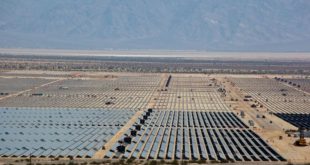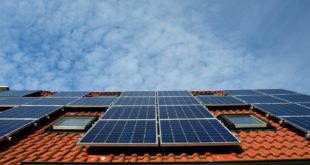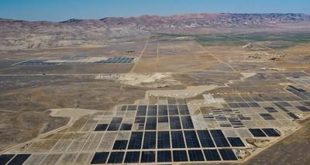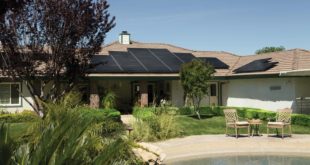What are Building-Integrated Photovoltaics (BIPV)?
Some homeowners are turned off by how solar panels affect the appearances of their homes. Building-integrated photovoltaics – basically solar panels incorporated into the construction of new buildings – can eliminate the negative visual impact of traditional solar panels; improve appearance and boost resale value.
The installed capacity of building-integrated photovoltaics is expected to boom over the next couple of years. A report by Pike Research, projects that the capacity will grow from 400 MW in 2012 to 2.25 GW in 2017[1] – roughly a five-fold increase worldwide.
There are many different categories of BIPV today. Here are the most common ones:
- Thin-film solar panels integrated with a flexible polymer roofing membrane.
- Flexible thin-film solar panels integrated into roof shingles/tiles.
- Thin-film or crystalline-based solar panels mounted on the façade of a building.
- Semi-transparent solar panels that replace windows and skylights.
Image credit: US Tile. The SOLÉ Solar Power Tile. Believe it or not, these roof tiles are actually covered in thin-film photovoltaic material.
Generally, BIPV systems are less efficient and more expensive compared to traditional solar panels. However, if you want to seamlessly integrate solar panels with your home, and have the extra money that is required, building-integrated photovoltaics can be a great solution. Get in touch with our expert advisors at One Block Off the Grid to find out more.
Are you eligible for extra incentives? In some places, additional incentives are available for BIPV-systems in addition to the standard feed-in tariff/net metering, rebates and grants. Search DSIRE (Database of State Incentives for Renewables & Efficiency) to see which incentives apply where you live.
 Alternative Energy HQ solar power for homes, wind energy, and bio fuel issues
Alternative Energy HQ solar power for homes, wind energy, and bio fuel issues











